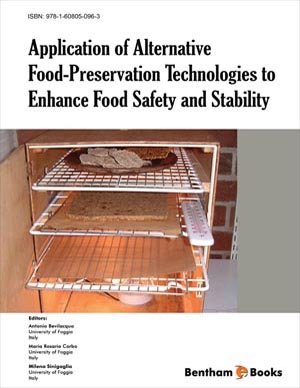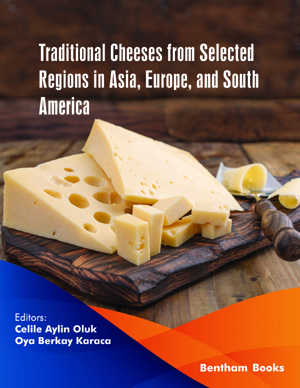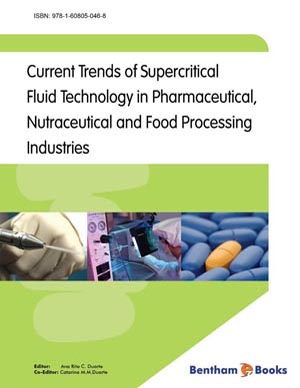Abstract
Foodborne diseases are a global threat both in Developing and Industrialized Countries thus forcing Public Agencies to define some key-concepts for a correct management of the risk associated with foods. Food producers have always used an empirical approach; however, a new way of risk management and definition has been proposed since 1995 and labeled as Quantitative Risk Analysis (QRA). QRA is a 3-step process (risk management, risk analysis/assessment, risk communication) and results in the definition of some Public Goals, labeled as ALOP (Appropriate Level of Protection) and FSO (Food Safety Objectives), along with some intermediate parameters (performance objectives and criteria, process criteria), useful to maintain the risk below a certain threshold.
The chapter proposes a brief description of the main steps of QRA, along with some-key concepts to define microbiological criteria for foods.
Keywords: how to achieve health protection (quantitative risk analysis: QRA, risk-benefit analysis, risk categorization); the steps of QRA; food safety Objectives (FSO) and appropriate level of protection (ALOP); microbiological criteria and sampling plans



















